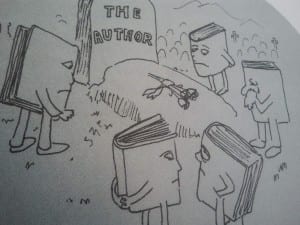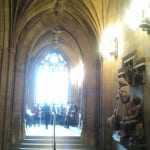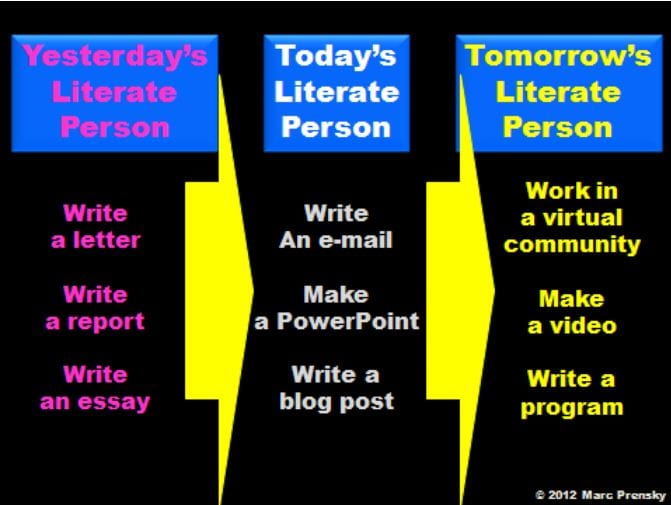I get protective about Blackboard. As a system administrator and advocate of the potential for VLE to cross boundaries of time and distance, I’m easily irritated with comments like ‘VLEs are being used as a tool for social control by post industrial capitalism’. I was given this blog post Zombies, Technology and Capitalism http://digitalscholar.wordpress.com/2011/02/28/zombies-technology-capitalism/ in a phd supervision meeting; I guess to see my response. Here it is.
Grounds for the statement? It seems VLEs ‘…replace face-t0-face ‘human’ learning with undead digital teaching….have rapidly spread across the sector (virally?) without being explicitly demanded by either teachers or students….the embedded pedagogy of these VLEs is restrictive and they offer a level of social control and conformity not possible with more traditional teaching practices’.
Mmmm….quite an indictment of my role as Learning and Teaching Coordinator, supporting staff to make effective use of technology to support their students. The author is writing a book chapter for an interdisciplinary anthology Zombies in the Academy: living death in higher education. http://zombieacademy.wordpress.com/cfp/ which seeks to offer ‘critical accounts of the contemporary university as a living dead culture.’ So, extending the referential signifier of a cultural trope into a previously unused location? Or alternatively, finding a new way to package and sell a product?
‘I hope our chapter doesn’t fall into a lazy F2F good/ online bad dualism.’ writes the author in reply to a comment supporting VLEs.
Me too. I hope the language of technological determinism is used to praise as well as condemn. I hope it recognises the problem is less about how VLEs weren’t ‘explicitly demanded by either teachers or students’ and more about how we were simply expected to know how to use them. From the start, priority was given to embedding the systems. The poor practice, which gets dragged out repeatedly, derives as much from insufficient access to specialist learning-technology resources, and support for the shift from f2f to digital pedagogy, as any desire to impose social control and conformity.
We need to be reminded of potential affordances alongside over-publicised failings. People are quick to criticise and slow to praise. Focusing on the ‘level of managerial control afforded by VLEs over F2F’ is to miss their opportunities for flexible and distance learning, widening participation, crossing boundaries of time and distance, sharing practice and creating networks for knowledge collaboration and exchange. The blame is unfair. Saying the VLE replaces ‘face-to-face ‘human’ learning with undead digital teaching’ is to criticise the daily reality of thousands of academic and professional service staff across the sector, making the best of the tools in their hands to enhance learning opportunities for their students. Effective online learning is a specialism yet staff are expected to demonstrate competence regardless of their own subject expertise. There are answers such as embedding digital scholarship into teacher education programmes, offering small amounts of development funding for digital enhancement, treating digital literacies as equal to text literacy and numeracy. What doesn’t help is to replicate and reinforce the same old tired arguments. Alignment with zombie culture is neither clever nor witty; it’s discourteous and unkind.
—————————————————————————————————-
Here are some useful reminders of how it all began.
Flying not flapping: a strategic framework for e-learning and pedagogical innovation in higher education institutions by Gilly Salmon (2005) http://www2.le.ac.uk/departments/beyond-distance-research-alliance/mediazoo/media/Flying%20not%20flapping.pdf
Implementing a learning technology strategy: top–down strategy meets bottom–up culture by Bernard Lisewski (2004) http://www.researchinlearningtechnology.net/coaction/index.php/rlt/article/viewFile/11250/12943
—————————————————————————————————-












